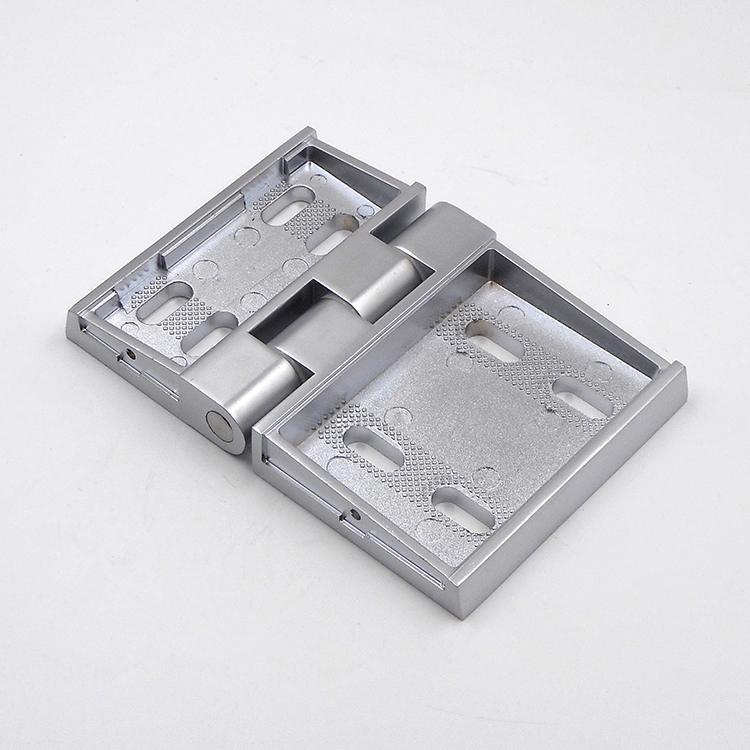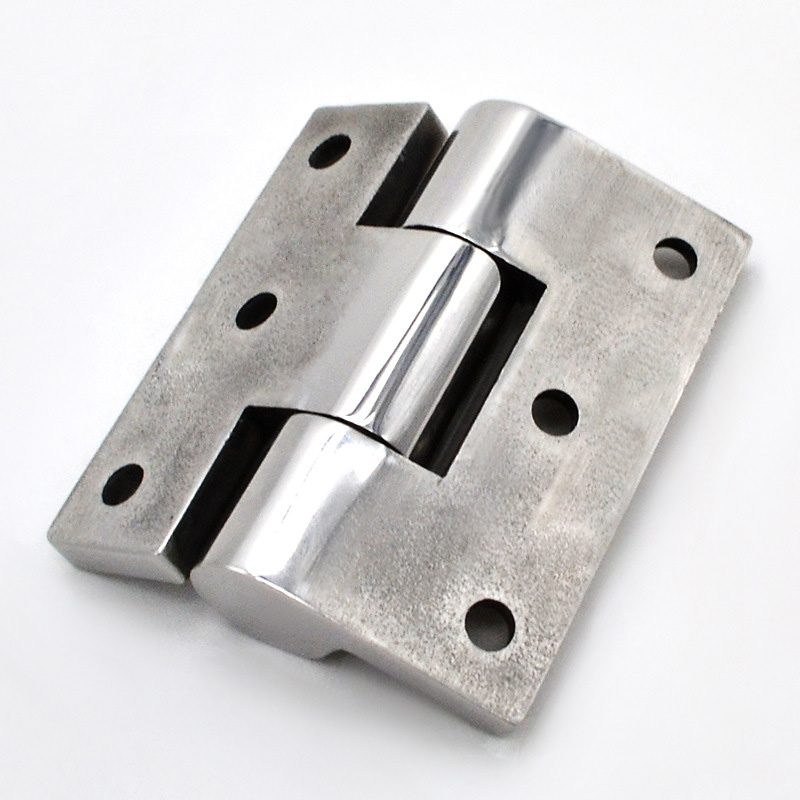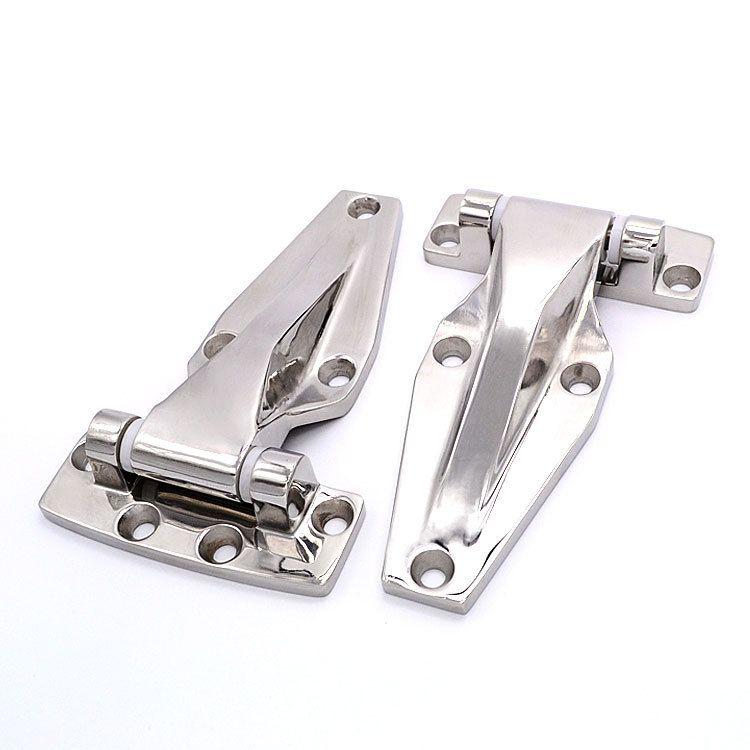Industrial gate hinges are essential components of test chamber equipment. They provide the necessary support and stability for doors to function properly. In this guide, we will explore the different types of industrial gate hinges, the materials used in their construction, the load-bearing capacity, and factors to consider when selecting the right hinge for your test chamber equipment. We will also cover the installation process, maintenance, and troubleshooting common issues.
Different Types of Industrial Gate Hinges for Test Chamber Equipment
There are different types of industrial gate hinges available in the market, and choosing the right type of hinge depends on the specific needs of your test chamber equipment.
Butt hinges are the most common type of hinge, and they are ideal for doors that need to swing in one direction. Continuous hinges, also known as piano hinges, are long and run the entire length of the door. Barrel hinges, also known as bullet hinges, are cylindrical and provide a high level of durability. Strap hinges are heavy-duty hinges that can handle large loads, and they are commonly used in gates and doors that require additional strength. Pivot hinges allow doors to pivot horizontally or vertically, and they are commonly used in revolving doors.
These types of hinges are some of the common products we see above. But special hinges for use on test equipment more often require customization. For example, environmental test chamber hinges, salt spray chamber hinges, etc.
Materials Used in Industrial Gate Hinges
The materials used in the construction of industrial gate hinges determine their strength and durability. The most common materials used in the manufacturing of industrial gate hinges are stainless steel, carbon steel, aluminum, and brass.
Stainless steel is the most popular material used in industrial gate hinges. It is durable, corrosion-resistant, and has excellent strength. Carbon steel is also a strong and durable material that is commonly used in industrial applications. Aluminum is lightweight, corrosion-resistant, and ideal for environments with high humidity. Brass is a softer metal that provides a decorative look and is ideal for indoor applications.
Load-Bearing Capacity of Industrial Gate Hinges
Load-bearing capacity is an essential consideration when selecting the right industrial gate hinges for your test chamber equipment. It is crucial to choose a hinge that can handle the weight of the door and the frequency of use.
To determine the load-bearing capacity needed for your test chamber equipment, calculate the weight of the door and the maximum force that the door is likely to experience during normal use. Hinge manufacturers provide load-bearing capacity ratings, and selecting a hinge with a higher rating than needed provides an additional margin of safety.
Factors to Consider When Choosing Industrial Gate Hinges for Test Chamber Equipment
Several factors should be considered when selecting the right industrial gate hinges for your test chamber equipment. These include environmental factors such as temperature and humidity, frequency of use, size, and weight of the door, level of security needed, and how to balance functionality and cost-effectiveness.
Installation of The Hinges for Test Chamber Equipment
Once you have selected the appropriate industrial gate hinges for your test chamber equipment, it’s important to install them correctly to ensure maximum performance and longevity. Improper installation can lead to hinge failure, which can compromise the safety and functionality of your equipment.
To install hinges correctly, you will need a few tools, including a power drill, screws, and a screwdriver. It’s important to make sure you have the correct size and length of screws for your specific hinges.
Here is a step-by-step guide to installing gate hinges:
- First, remove any existing hinges from the door and frame using a screwdriver.
- Position the new hinge on the door or frame, and mark the screw holes with a pencil or marker.
- Use a power drill to create pilot holes for the screws. The pilot holes should be slightly smaller than the diameter of the screws to ensure a secure fit.
- Attach the hinge to the door or frame using screws and a screwdriver. Tighten the screws until the hinge is firmly attached, but be careful not to over-tighten them, as this can cause the hinge to warp.
- Repeat the process for any additional hinges.
- Once all hinges are installed, check to make sure the door opens and closes smoothly and without any resistance. Adjust the hinges if necessary.
It’s important to note that if you’re not comfortable installing hinges yourself, it’s best to hire a professional to do it for you. This will ensure that the hinges are installed correctly and that your equipment is safe and functional.
Maintenance of Hinges for Test Chamber Equipment
To ensure the longevity and proper functioning of your industrial gate hinges, it’s important to perform regular maintenance on them. Neglecting to maintain your hinges can lead to premature wear and tear, as well as hinge failure.
Here are some tips for maintaining your industrial gate hinges:
- Keep the hinges clean and free of debris. Dirt and debris can cause the hinges to become stiff and difficult to operate.
- Lubricate the hinges regularly with a high-quality lubricant, such as silicone or graphite spray. This will help to reduce friction and prevent the hinges from rusting or corroding.
- Check the screws on the hinges periodically to make sure they are tight. Loose screws can cause the hinge to become loose or detached from the door or frame.
- Inspect the hinges for signs of wear and tear, such as cracks, warping, or corrosion. Replace any hinges that are damaged or worn out.
- Test the hinges periodically to make sure they are operating smoothly and without any resistance.
By performing regular maintenance on your industrial gate hinges, you can extend their lifespan and ensure that your equipment remains safe and functional.
Troubleshooting Common Issues with Gate Hinges for Test Chamber Equipment
Even with regular maintenance, industrial gate hinges for test chamber equipment may encounter problems that require troubleshooting. Here are some common issues and how to address them.
- How to identify common issues with industrial gate hinges
Common issues with hinges may include misalignment, wear, and tear, or damage to the hinge itself. These problems can result in difficulty opening or closing the door, excess noise, or even complete failure.
- How do troubleshoot and solve these issues?
To troubleshoot and solve issues with your industrial gate hinges, start by inspecting the hinge for signs of wear, damage, or misalignment. If the hinge is damaged, you may need to replace it. If it’s misaligned, you may need to adjust the hinge or the door to ensure proper alignment. Lubrication can also help solve problems with excess noise or friction.
Conclusion
In conclusion, choosing and maintaining the right industrial gate hinges for your test chamber equipment is essential for ensuring optimal performance and minimizing downtime. By considering factors like hinge type, load-bearing capacity, and environmental factors, you can choose the right hinge for your needs. Regular maintenance and troubleshooting can help extend the life of your hinges and prevent problems before they occur.







